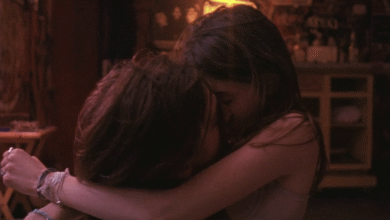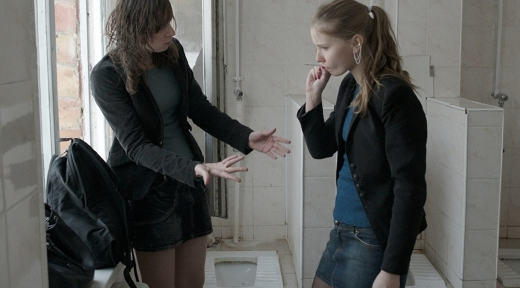
The Tribe (2014)
The Tribe (2014), directed by Myroslav Slaboshpytskiy, is a powerful and unsettling film that breaks nearly every convention of modern cinema. Set in a boarding school for deaf students in Ukraine, the film is told entirely through Ukrainian sign language—without subtitles, without spoken dialogue, and without music. What sounds like an experimental risk becomes, in execution, one of the most immersive and unforgettable cinematic experiences of recent years.
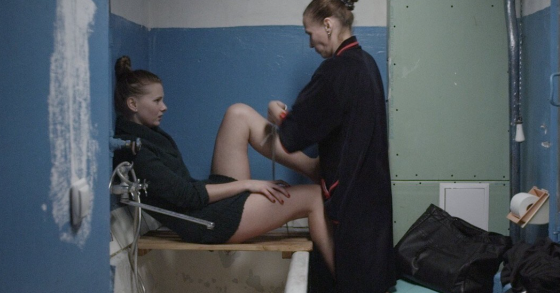
The story follows Sergey, a quiet teenager who arrives at the school and is slowly drawn into a hidden hierarchy ruled by violence, control, and survival instincts. Through his eyes, we witness a world that feels both isolated and strangely universal. What makes The Tribe so compelling is not just its narrative, but the way it forces viewers to observe—to truly watch every movement, every glance, every pause.
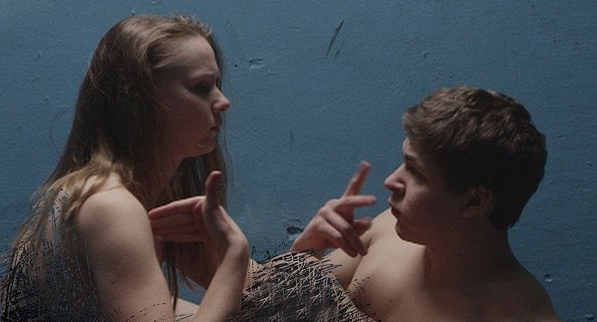
Instead of guiding us with language, the film relies entirely on physical expression. Emotions are raw and immediate. The camera rarely cuts away; scenes are long, still, and often hard to look away from. Without words, the audience is left to interpret meaning through context, intuition, and human empathy.
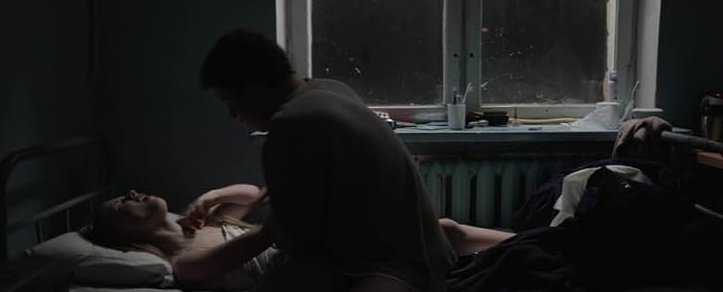
Though often bleak, the film is not without beauty. Moments of connection and quiet vulnerability offer contrast to the starkness. And rather than sensationalizing, the film confronts the viewer with a version of reality that is stripped of gloss and noise—challenging, but deeply human.
The Tribe is not for everyone, but for those open to its silence, it delivers a bold and haunting story. It redefines what it means to “listen” in cinema, proving that even in total silence, powerful stories can be told—and felt.




